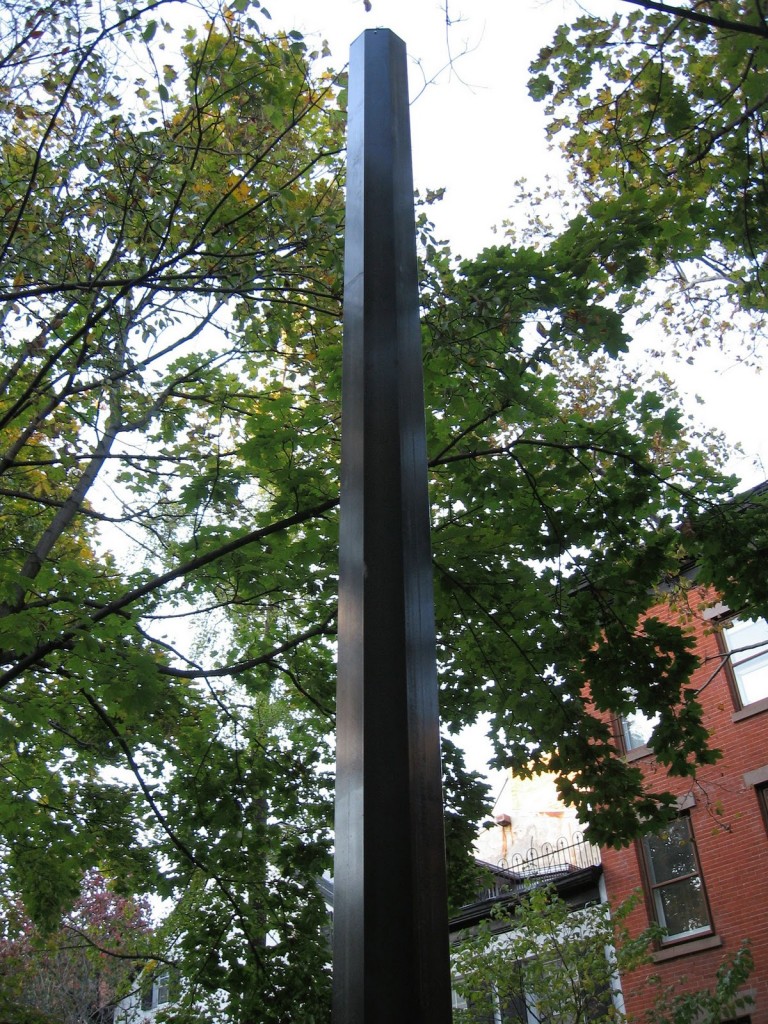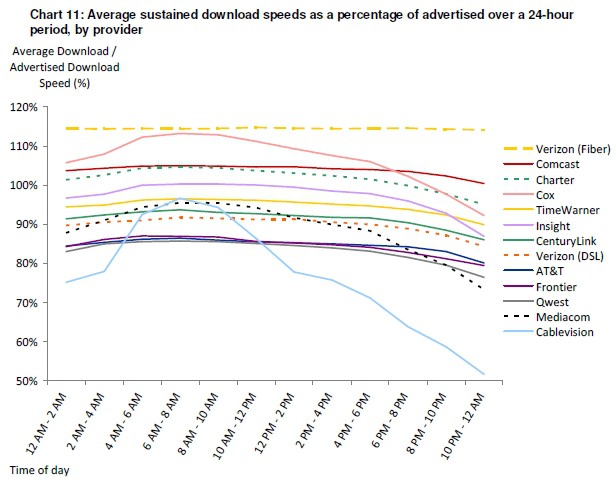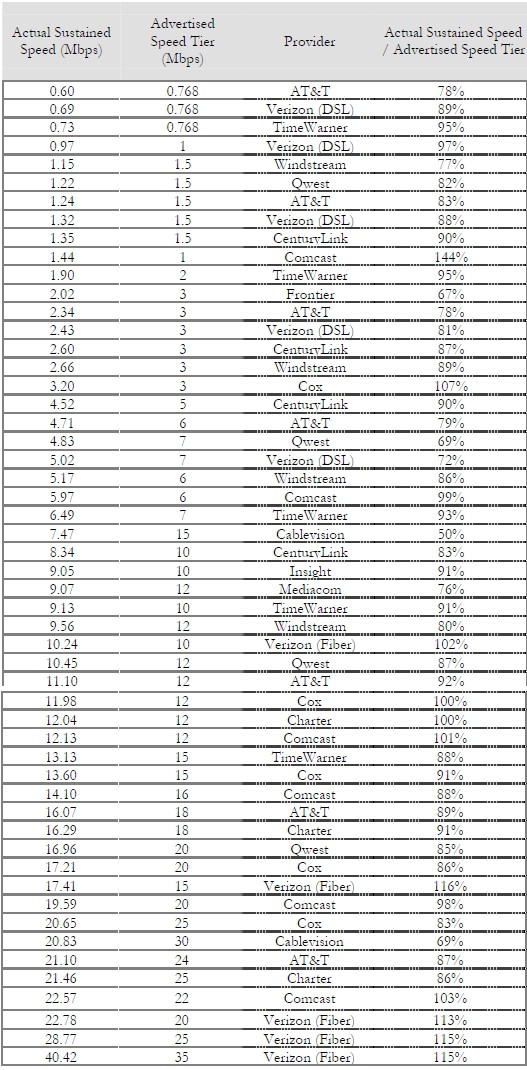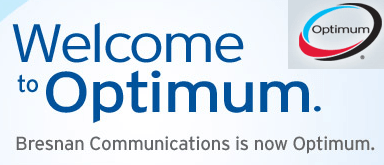Verizon Communications has found a way to outdo AT&T’s enormous and unsightly “lawn refrigerators.” They have installed 20 foot fiberglass poles in the middle of historic neighborhoods in Flatbush, Brooklyn on top of which the phone company plans to mount boxes containing equipment to support its FiOS fiber to the home service.
The enormous polygonal poles went up suddenly without advance warning, and neighbors left their homes to gaze up at the mysterious new addition to the Victorian-era community.
“The neighbors started gathering around it like it was the monolith in ‘2001,’ ” Rev. Jeanne Person, told the New York Times.
Nobody seemed to know who installed the poles, or more importantly why.
It turns out they are Verizon’s answer to AT&T’s enormous and unsightly 4-6 foot tall metal cabinets that the latter has been installing on street corners and in front of homes throughout U-verse service areas.
John J. Bonomo, Verizon’s director of media relations, told the Times the poles provide an interface between underground cables and above-ground wires that thread through backyards. Bonomo recognized the way AT&T does it attracts vandals and graffiti. Verizon’s solution tries to hide the unsightly boxes in the canopy of neighborhood trees, to varying degrees of success. It also prevents anyone other than Spiderman from stealing equipment inside.
Besides, Bonomo says, the company got all of the necessary permits from the Department of Transportation. Well, almost all of the necessary permits.
They forgot the Landmarks Preservation Commission, which regulates the look and feel of protected, historic neighborhoods — like Flatbush. Install 20-foot plastic poles without a permit at your peril.
A spokesperson for the Commission says they hope to reach a resolution with Verizon soon.
It’s not that neighbors are ungrateful that Verizon is extending FiOS into Brooklyn, where it will provide real competition to Cablevision. Many applaud the fiber service and look forward to signing up. They just don’t believe randomly placed 20′ poles are the way to do it.
“First we wanted to know what it was,” Rev. Person said. “Then when we figured out what it was, we wanted to get rid of it. What does landmarking mean if it doesn’t protect us?”
[flv width=”640″ height=”380″]http://www.phillipdampier.com/video/WCBS NY Verizon 20 Pole 6-7-11.mp4[/flv]
Brooklyn residents complained to WCBS-TV about the 20 foot unwelcome additions to their neighborhoods. (2 minutes)


 Subscribe
Subscribe





